All eyes on mixed line-up of Swiss beauties

This year's 16 Miss Switzerland contestants are turning heads not just for their beauty but also for their diverse backgrounds that reflect multicultural Swiss society.
It could be Miss World on Swiss television with a line up of women with Indian, Haitian, Spanish, Turkish, Swedish, Balkan, Austrian and American roots. But the most talked-about hopeful is 24-year-old Nancy Kabika who was born in Kinshasa.
After Claudia Wambalulu, who ended up coming third in last year’s pageant, all eyes are now on Kabika who is tipped as a strong contender to become the first black Miss Switzerland.
Half of the long-legged line-up have origins outside Switzerland with brunettes now outnumbering blondes and more natural colours than fake tans.
The event, which will be broadcast on the three main national television channels – German, French and Italian language – on Saturday evening, has given pause for thought to those interested in Swiss demographics.
To many the show is all about who has the prettiest smile but given that viewers are invited to phone in their votes, others see the event as a barometer of Swiss tolerance and sense of identity.
It remains to be seen how the Swiss population will recognise itself in this group, public relations consultant Klaus J. Stöhlker told swissinfo.
A little in-fighting between contestants has added to the suspense. When Kabika failed to recognise a photograph of one of Switzerland’s seven cabinet ministers in a television interview, one of her rivals was quick to point out the “lack of education” of some of the contestants.
Battle of the beauties
“It is a symbolic battle between a ravishing blond lawyer from Zurich and a no less ravishing Geneva shop assistant originally from Kinshasa,” Stöhlker said.
Stöhlker believes that Switzerland is divided into two opposing camps on the question of national identity. “Switzerland is now multicultural which poses no problems for this globalised country. But we also have a more nationalist side to Switzerland which finds this mixture of cultures problematic.”
“This competition is a signal for the middle classes who are still very conservative, especially in the German-speaking part of Switzerland which is more homogenous in terms of population than the French-speaking region.”
A view shared by Geneva sociologist Sandro Cattacin “People’s willingness to be open or closed to people who are different varies according to the era and the economic conditions. In the 1980s Switzerland demonstrated great openness, whereas nowadays the climate has considerably hardened.”
Complex truth
Stöhlker has an anecdote that shows how complex the truth is. “It [the 1980s] was also the decade of apartheid. During a meeting in Zurich between South African President Pieter Botha and top Swiss and American bosses, one participant declared ‘it’s great here, there are no blacks’. And one of the Swiss delegation replied ‘we don’t need apartheid here, the cost of living takes care of things'”.
This racist state of mind has not completely disappeared, according to some commentators. “In the small towns in particular in German-speaking Switzerland, the young people are very conservative and people of African origin are frequently victims of attacks,” Stöhlker said.
“With the exception of towns of the French region, particularly Geneva, residents of African origin are still not very visible in Switzerland, compared with other foreign groups,” he added.
On the other hand, Swiss-German television viewers were happy enough to vote for a young black singer in last year’s long-running talent show Music Star. Fabienne Louves, whose father comes from Guadeloupe, went on to launch a solo career.
Cattacin believes that these kinds of public events are important because they create positive feelings about difference.
“Whether it’s the Swiss football team, or the Swiss team at the Beijing Olympics, these events show sportspeople from diverse backgrounds, proud to be Swiss and to fly the Swiss flag. This… shows that we can live together and help each other overcome a common challenge.”
swissinfo, based on an article in French by Frédéric Burnand in Geneva
The percentage of foreigners in Switzerland fluctuated throughout the 20th century, reflecting changes in the economic and political situtation.
In 1910, the foreign population was 14.7%, a level not to be reached again until 1967.
Upward trend: With the exception of a decline between 1975 to 1979 and a slight drop in 1983, the percentage of foreigners grew continually to reach 21.1% in 2007.
Defining foreign: Switzerland has one of the highest foreign populations in Europe. This is largely explained by large waves of immigration, a restrictive naturalisation policy and a high birth rate and low death rate among the foreign population.
All contestants in Miss Switzerland are Swiss citizens.
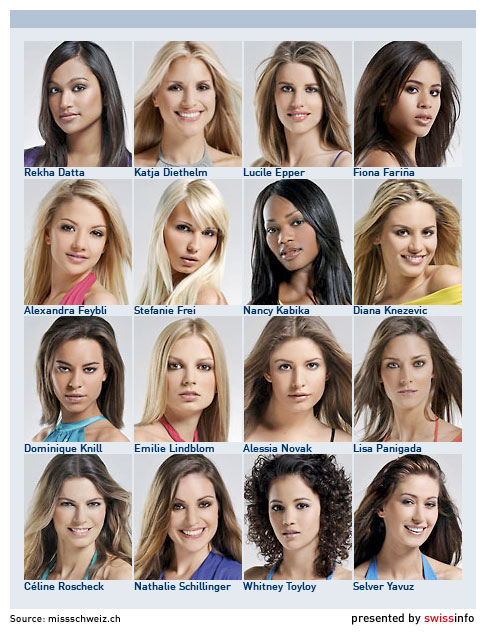

In compliance with the JTI standards
More: SWI swissinfo.ch certified by the Journalism Trust Initiative
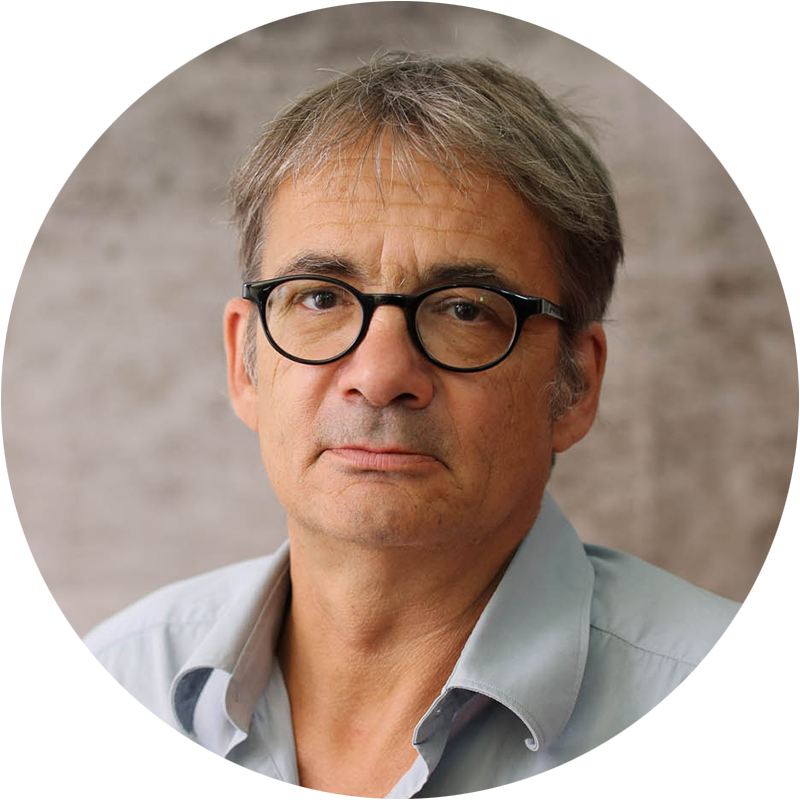





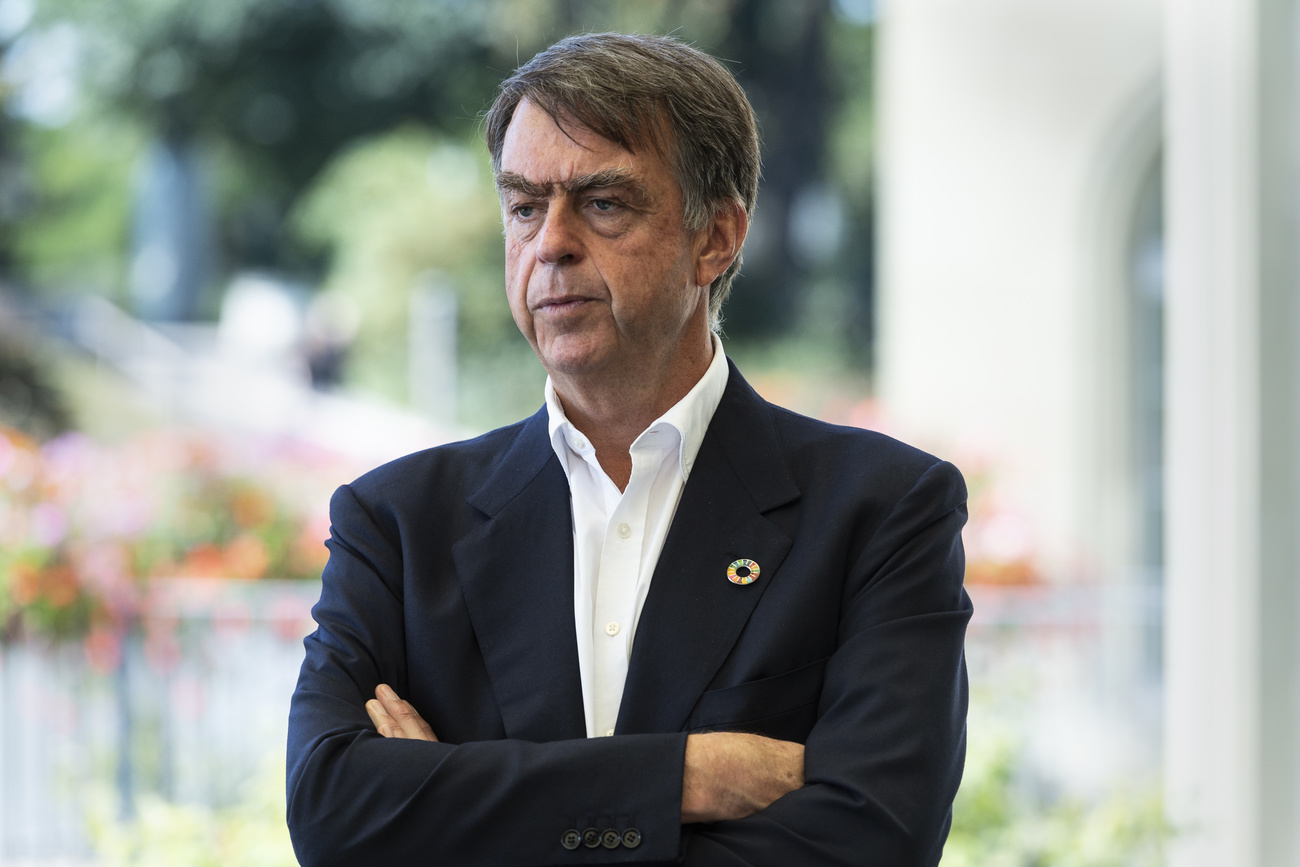




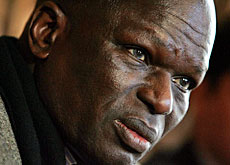
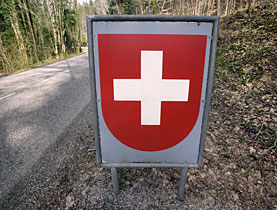
You can find an overview of ongoing debates with our journalists here . Please join us!
If you want to start a conversation about a topic raised in this article or want to report factual errors, email us at english@swissinfo.ch.